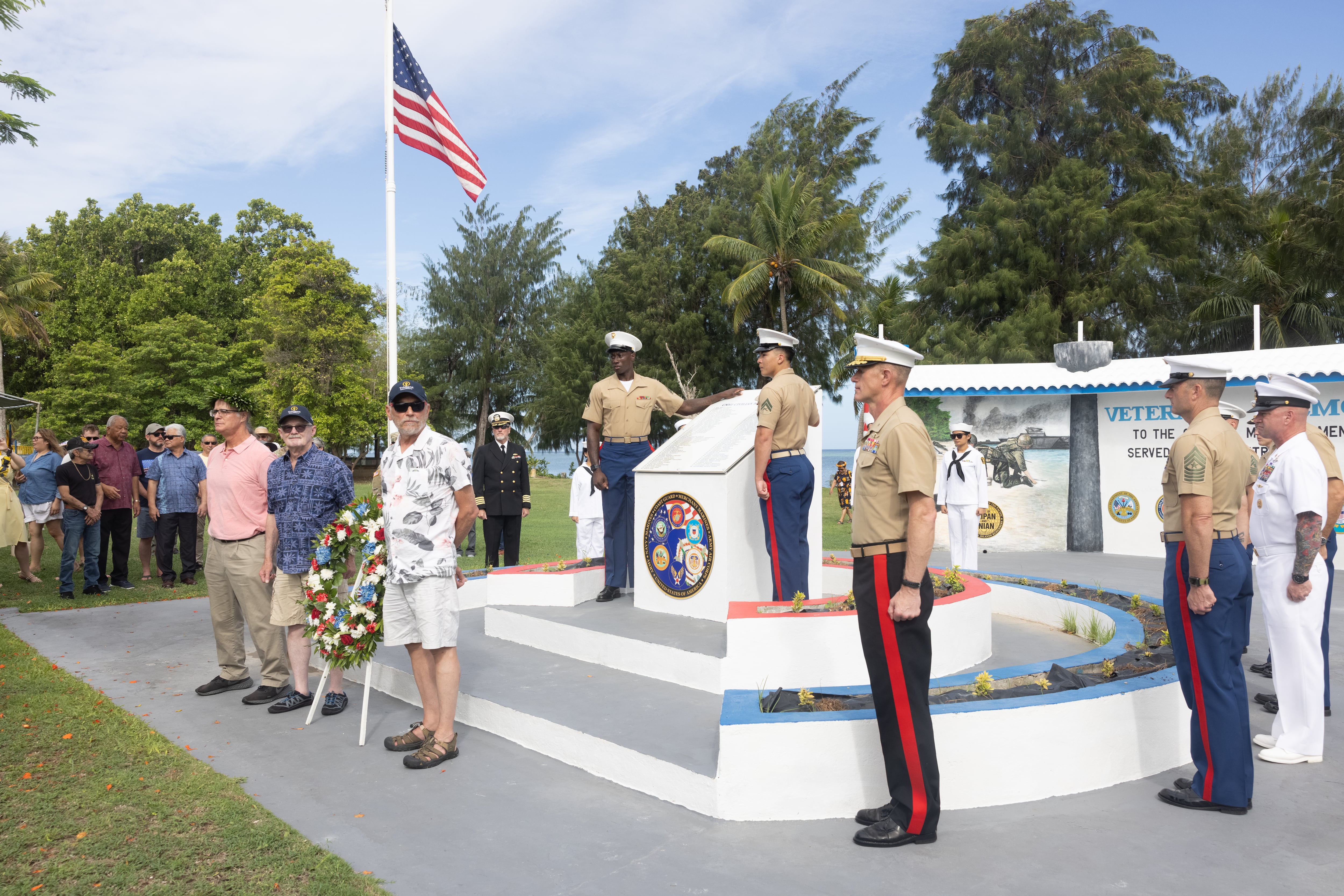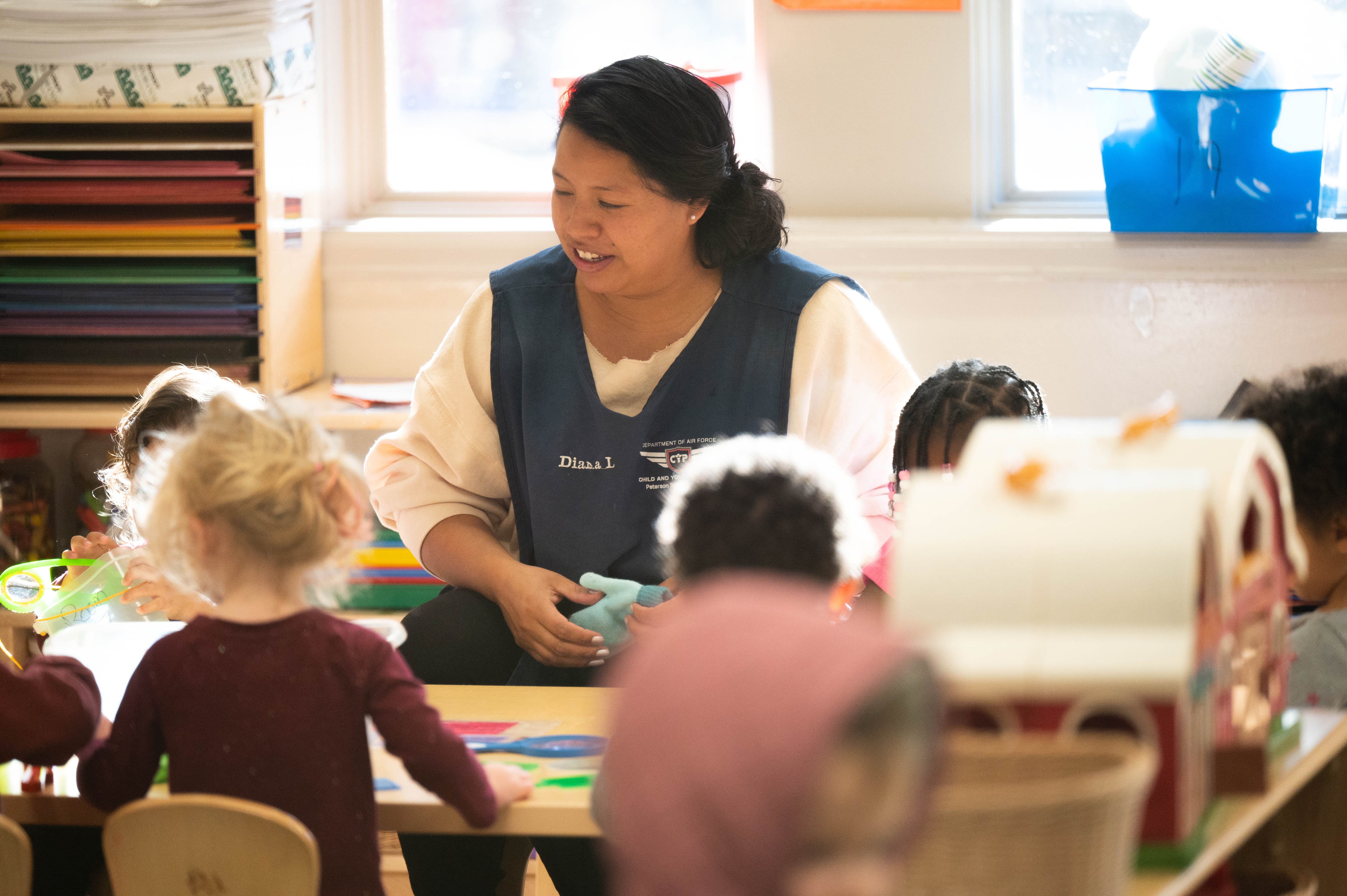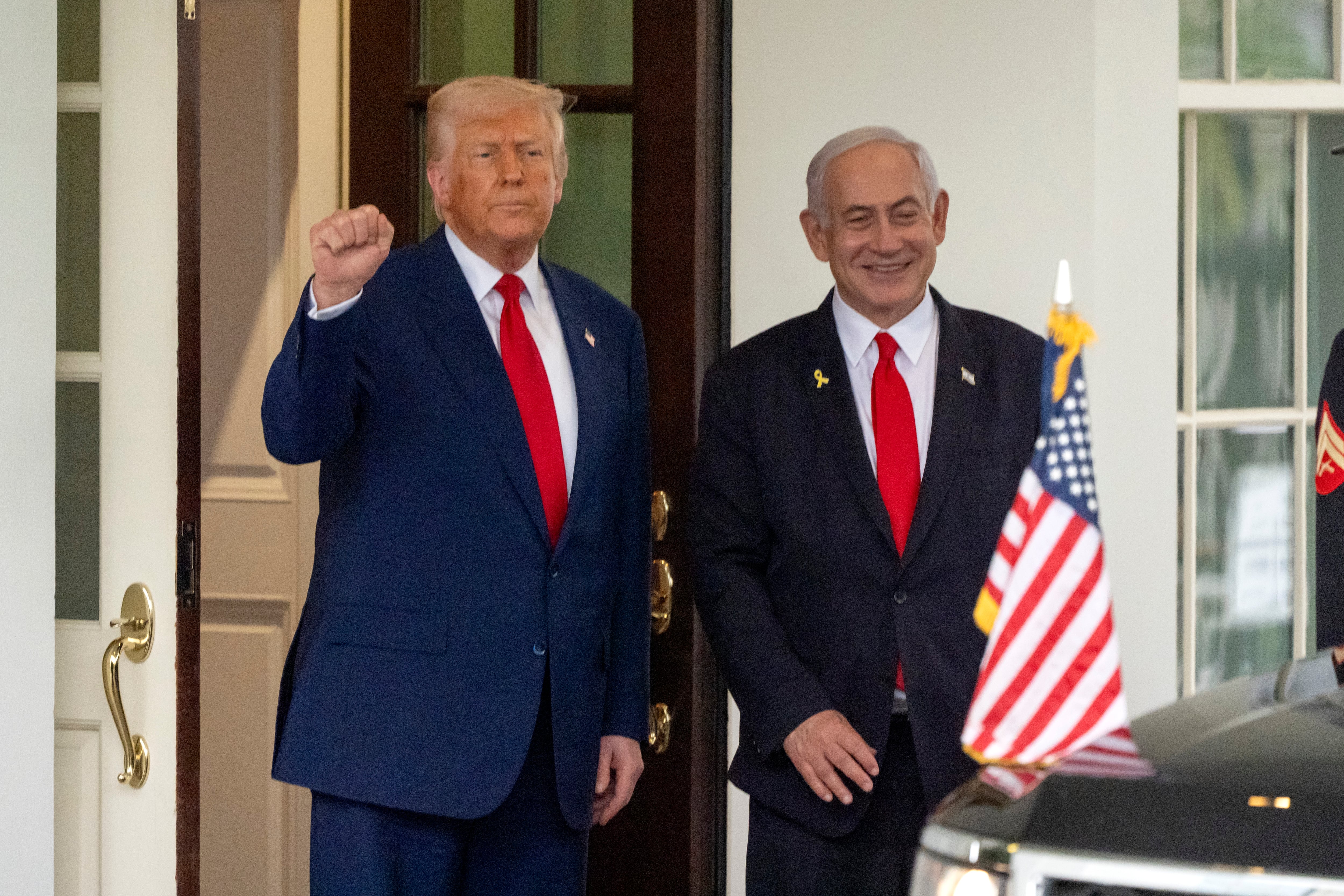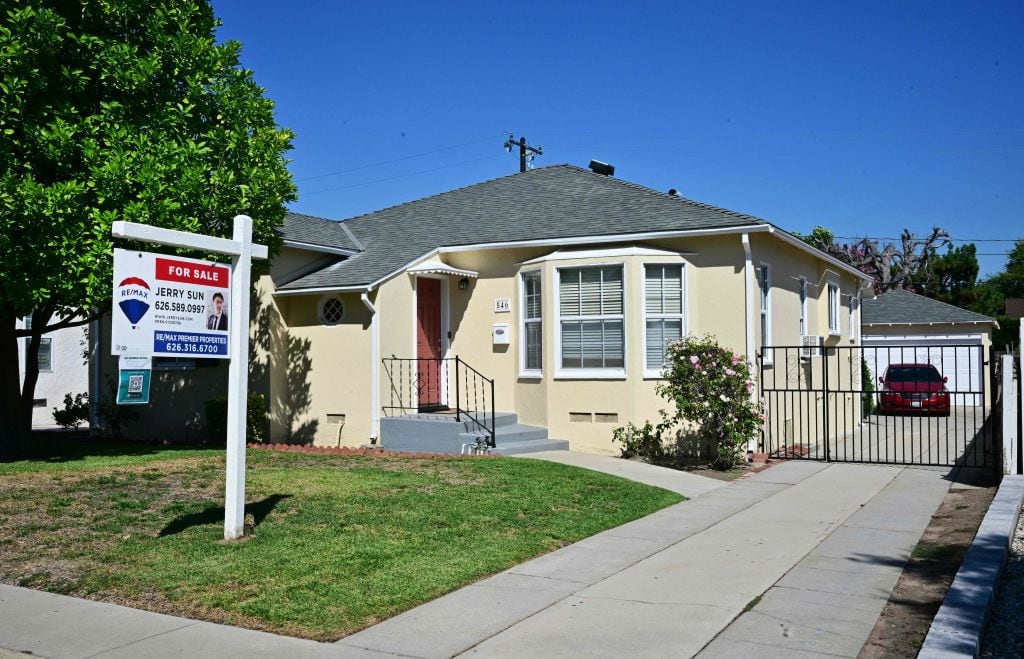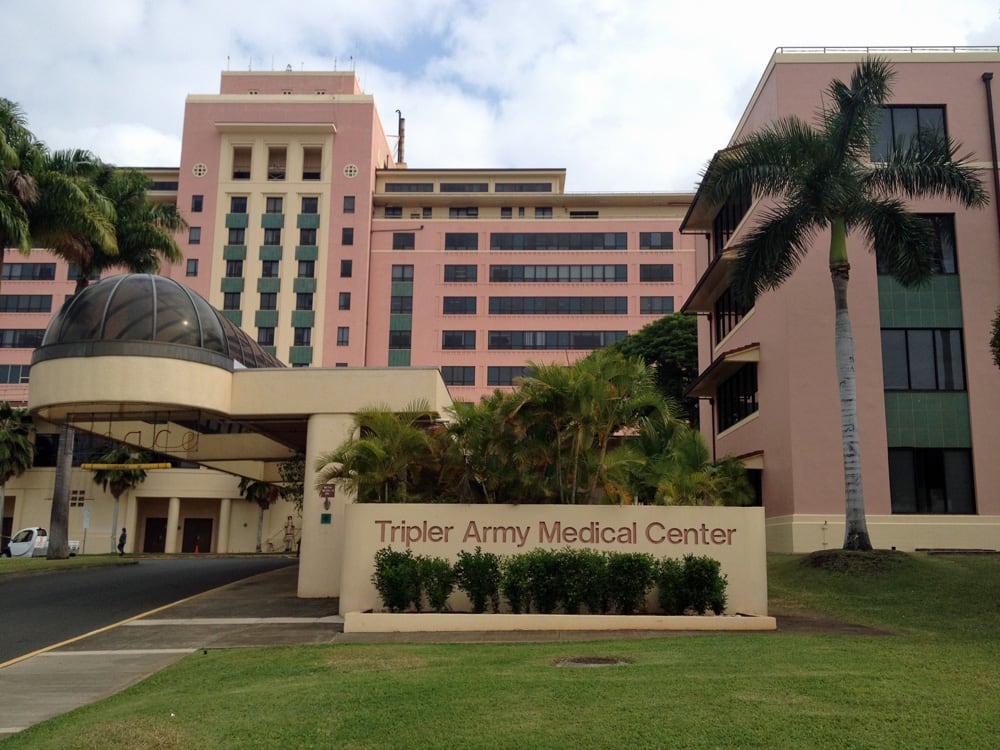Nine days after D-Day, on June 15, 1944, the Battle of Saipan erupted on the other side of the world. It was to be as pivotal for the Pacific Theater as D-Day was for the war in Europe.
Eighty years later, commemorations were held June 15, 2024, on Saipan to remember the battle and to honor those who sacrificed so much.
Operation Forager
The Battle of Saipan was part of the U.S. military’s Operation Forager, which also included taking Tinian and liberating Guam. Capturing Saipan and the neighboring islands meant Tokyo would be within range of the United States’ B-29 Superfortress bombers.
As explained by Don Farrell, author of “Seabees and Superforts at War,” it was “a critical turning point” in the Pacific War.
“The U.S. Joint Chiefs of Staff and the Combined U.S.-British Chiefs of Staff recognized it would be a costly, bloody battle,” Farrell wrote. “But they also realized that if Saipan, Tinian and Guam were captured, then the fleet could turn due north toward Japan. They concluded that the capture of the Marianas would provide a faster route to Japan.”
Japan had designated the islands as part of its “absolute national defense sphere” and knew what losing them would mean. Japan had control over Tinian and Saipan since 1914 and had invaded Guam just after it attacked Pearl Harbor. Imperial Japanese forces had years to fortify the islands. By the time the Americans arrived off the coast of Saipan, there were more than 30,000 Imperial Japanese troops dug in.
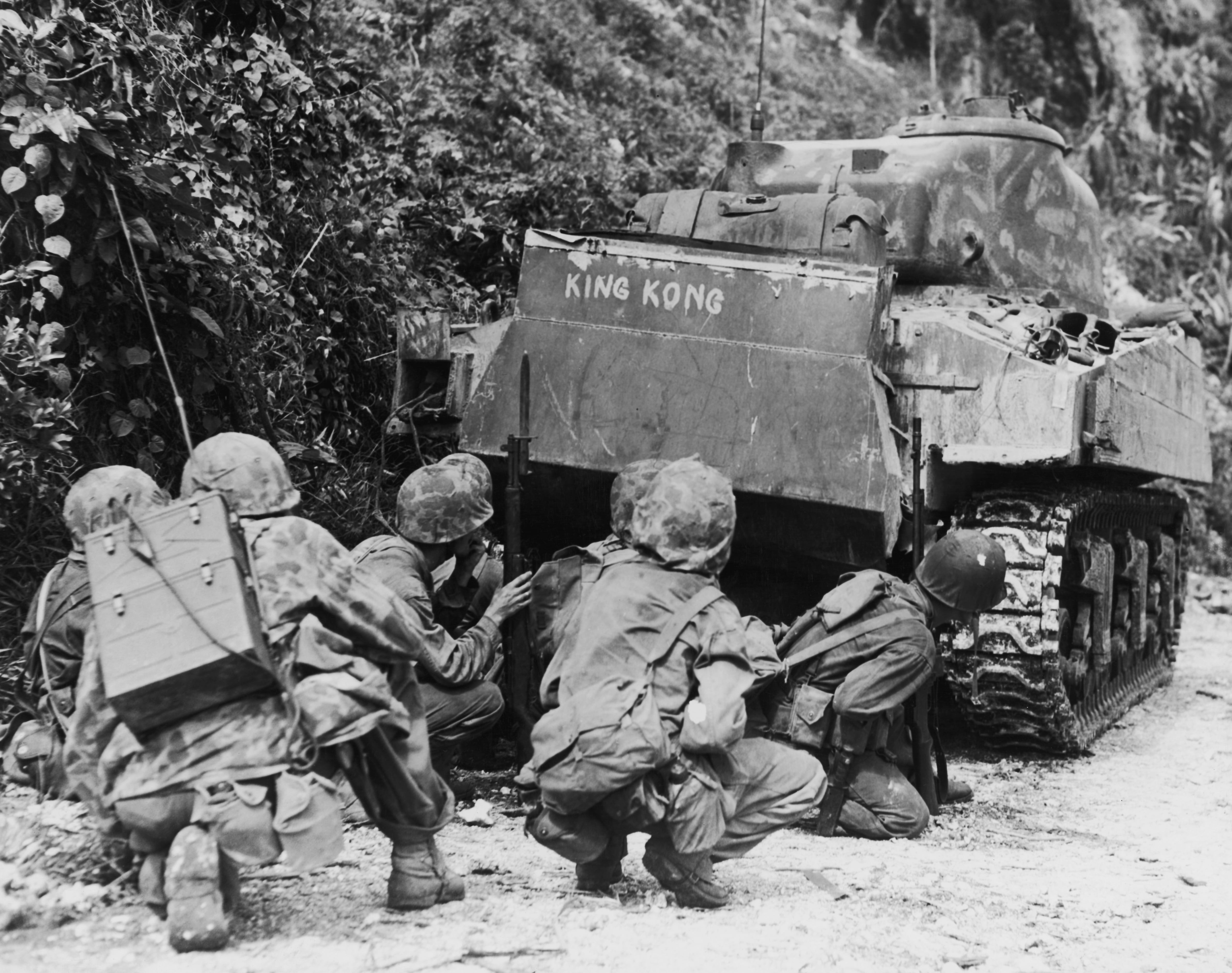
The battle itself was a brutal, intense and a compressed microcosm of the war in the Pacific, described by Naval History and Heritage Command as “the most daring — and disturbing — operation in the U.S. war against Japan to date.”
It was disturbing, in part, because of the large civilian population. Around 20,000 Japanese, Okinawans and Koreans, plus 4,000 Chamorros, were on Saipan when the 71,000 U.S. troops landed, most from the 2nd and 4th Marine Divisions and the 27th Infantry Division.
For Japanese forces, this was a desperate last stand. When it was clear Japan was losing, commanding Japanese General Yoshitsugu Saitō committed suicide. In the early morning hours of July 7, an estimated 4,000 Japanese charged American positions in one of the largest “banzai” charges of the war. Hundreds, and possibly more, Japanese civilians threw themselves off “suicide” and “banzai” cliffs.
Meanwhile, American forces — which included Navajo Code Talkers and local Scouts, the latter of whom were eventually made full Marines — were caught between the brutal desperation of Japanese forces, attempts to save civilians and sheer survival.
By the time the battle officially ended on July 9, America had endured more than 16,500 casualties, including close to 3,500 killed. On the Japanese side, 921 were taken prisoner. The rest died in battle or by suicide.
The capture of Saipan led to the capture of Tinian, which allowed for the establishment of the Tinian airfields. These became some of the busiest airfields in the world as waves of B-29s took off to hit Japan. This was also where the Enola Gay and Bockscar took to the sky on their way toward Hiroshima and Nagasaki, respectively, leading to the end of the war in the Pacific.
After the war, Saipan, Tinian and the rest of what is now the Commonwealth of Northern Marianas voted to enter into a “Covenant” with the United States and formally joined the U.S., granting American citizenship to their residents. Today, the people of the Marianas serve in the U.S. military at high rates.
The commemoration
The 80th anniversary commemoration ceremony began at Green Beach, where some of the 8,000 Marines who came ashore in the first 20 minutes of the massive amphibious operation landed. They were represented by the sons of three 4th Marine Division veterans.
They laid a wreath at the veterans memorial, then moved the commemorations to American Memorial Park, where a parade — including representatives from the 4th Marine Division — and speeches followed. The Japanese consul spoke sincerely about the bond now shared between Japan and the U.S.
Another speaker, Saipan mayor Hon. Ramon “RB” Jose Blas Camacho, was instrumental in ensuring the event happened as scheduled despite Saipan’s present economic difficulties.
In an interview, he explained that he wanted to make sure the younger generation remembered the courage and sacrifice that occurred there 80 years ago.
“Just imagine when they landed … the worry, the fear,” he said.
He also wanted to put a spotlight on Saipan.
“Every year they talk about Normandy, but what happened here was really important.”
It was. It changed the Pacific — and resulted in a new piece of America being created. That transformation was embodied by attendee Cdr. Christine Igisomar. The Marianas native is the highest-ranking Chamorro woman in U.S. Coast Guard history. After the ceremony, she was on her way to her new post as Coast Guard liaison to the Philippines Coast Guard.
The Commonwealth of Northern Marianas is where America touches Asia and, while the theme of the commemoration was “80 Years of Peace in the Pacific,” the region is once again on the front lines.
The airfields at Tinian are being rehabilitated in a $409 million Air Force project. At the same time, this is the only U.S. territory where Chinese nationals can arrive without a visa. Regional tensions are building.
Still, in true commemoration of the warriors who died in Saipan, the message from the Marines is clear. In his speech, 4th Marine Division Commanding General Brig. Gen. John K. Jarrard had a message for any current enemies listening: “Be afraid.”
Cleo Paskal is Senior Fellow at the Foundation for Defense of Democracies.
